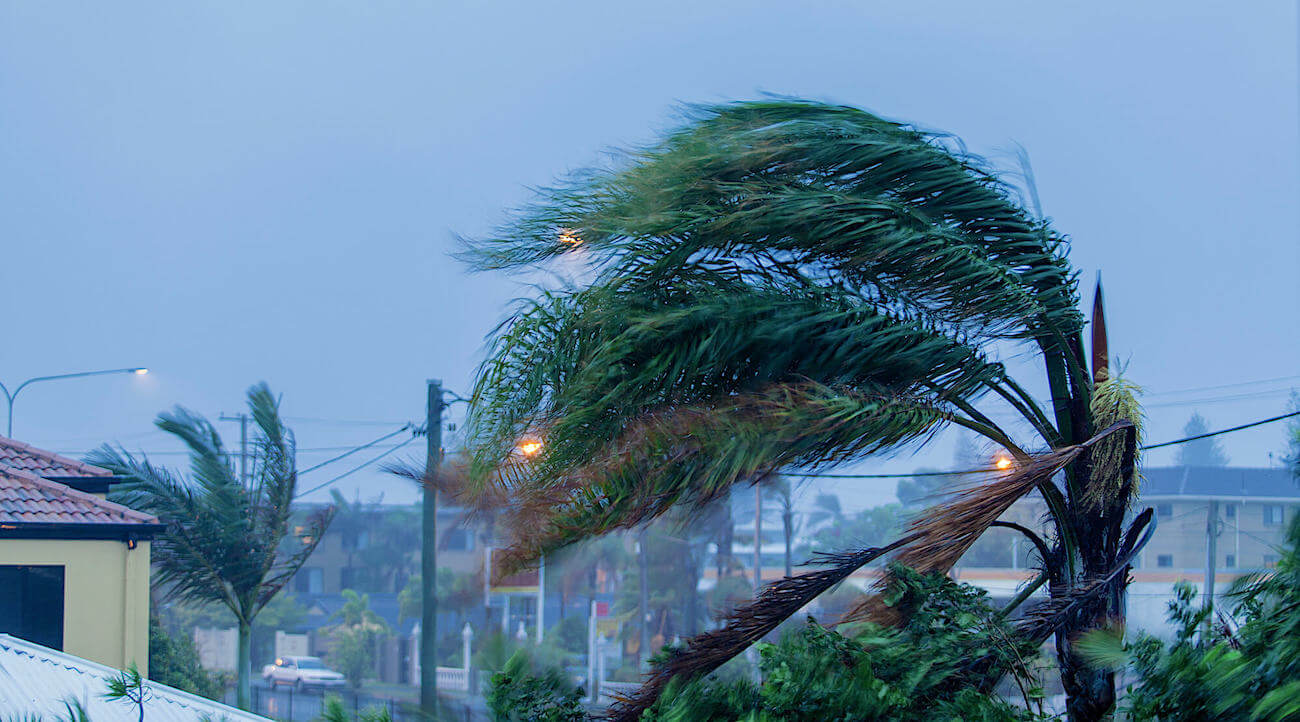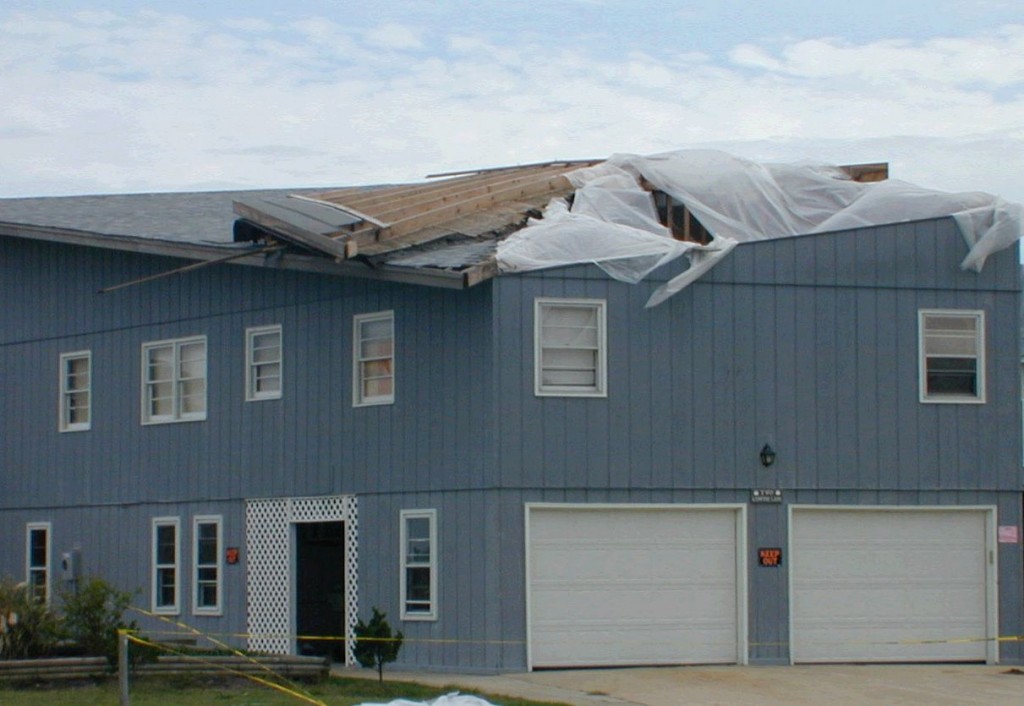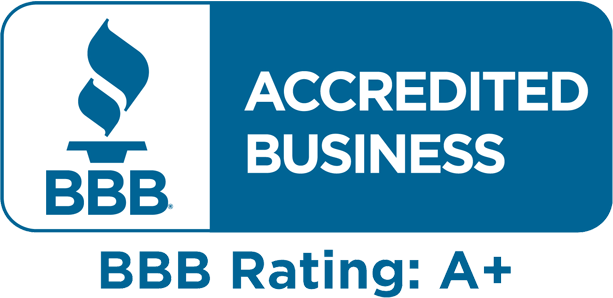5 Surprising Things You Need to Know About Wind Damage Insurance Claims
Many homeowners are surprised how much damage wind can cause.
Most homeowners insurance policies cover windstorm damage. However, there are certain things you need to know before a wind damage insurance claim – including ways to maximize compensation and ensure a smooth claim process.

1) Most Insurance Policies Cover Wind Damage
First and most importantly, a standard homeowners insurance policy covers windstorm damage. If you have homeowners insurance, then you should be able to make a claim for windstorm damage.
Wind is one of the main risks to a home. Wind can damage your roof, push trees onto your home, and even fully destroy a property.
The only two major catastrophes that typically aren’t covered by homeowners insurance are floods and earthquakes. Claims can get complicated if a windstorm causes flooding. In this situation, a public adjuster can help ensure you receive maximum compensation from your insurer.
There is an exception to this rule: homeowners in hurricane-prone regions of the country – like Texas, Florida, and parts of the coastal southeastern United States – may need to buy special windstorm coverage to protect against hurricane damage. These policies often have additional coverage for “wind driven rain”, so ask your agent if this is available.
4) Your Insurance Company is Obligated to Repair or Replace the Roof, Whichever Costs Less
 The roof is the most common source of windstorm damage. If a windstorm has damaged your roof, then your insurer has a legal obligation to repair or replace the roof – whichever costs less.
The roof is the most common source of windstorm damage. If a windstorm has damaged your roof, then your insurer has a legal obligation to repair or replace the roof – whichever costs less.
This may sound like a straightforward concept in theory. In practice, however, it leads to complicated claims.
You can’t always repair just one part of your roof. A windstorm may only have damaged one part of your roof. However, because shingles change color with age, if you simply repair one part of your roof it leads to cosmetic problems. A repair can also damage the shingles around it if they are brittle.
At the same time, insurers may not be obligated to replace the entire roof because the windstorm didn’t damage the entire roof.
Insurers are aware of this issue and may strike a compromise between cosmetic value and repairs.
Plus, a roof near the end of its expected life may be replaced in this situation. If your roof is 15+ years old, for example, then the homeowner may decide to simply replace the roof and take advantage of the insurance company’s compensation, which covers the cost of replacing the damaged part of the roof. You don’t get a brand new roof for free, but you do receive a brand new roof with a much lower out-of-pocket cost.
3) Understand the Danger of Anti-Concurrent Causation Clauses
Many windstorm damage insurance claims run into an issue linked to anti-concurrent causation clauses.
Here’s how that clause works:
- When two disasters occur simultaneously and the homeowner is only covered for one, the insurer will not cover any of the damages.
- Let’s say a windstorm blows the roof of your home while rising floodwaters destroy your basement. In this case, the insurance company could refuse to cover damages because flood insurance wasn’t included in your policy. Even though you had valid windstorm coverage, you could be out of luck.
Check your policy for anti-concurrent causation clauses to make sure you have the coverage you expect.
4) Windstorm Coverage Isn’t Standard in Some Areas (But Required in Others)
A standard homeowners insurance policy covers windstorm damage. However, policies cover windstorm damage in different ways based on your location.
In windy regions of Texas, for example, insurers may charge extra for windstorm coverage. These areas are more prone to severe windstorms than others, and insurers pass these higher expected costs onto home and business owners.
In fact, some insurers refuse to cover any type of wind damage in Texas. If you’re a homeowner in one of 14 coastal counties in Texas, then you must buy wind insurance from a special pool called the Texas Windstorm Insurance Association.
Homeowners in the southeastern United States face a similar issue: the area is prone to heavy winds and hurricanes, leading to higher costs for insurers. Policyholders may have to buy extra windstorm coverage.
There are also state-specific laws for windstorm coverage. Florida, for example, requires residential insurance policies to cover wind damage caused by hurricanes. However, some high-risk areas of Florida are excluded from this law. In this area, you may need to buy insurance through the Citizens Property Insurance Corporation instead of the open market.
No matter where you live, check your homeowners insurance policy to ensure you understand coverage for windstorms and hurricanes.
5) Hire Local Contractors with Experience Repairing Wind Damage
After a windstorm or hurricane strikes a region, contractors from across the country may travel to the region to cash in on insurance claims.
These “storm-chasing” contractors aren’t typically the best choice for windstorm repairs. Many simply seek to make a quick dollar, repairing windstorm damage with substandard materials and craftsmanship while pocketing the insurance payout. This practice could leave you without insurance in the future if the repairs are not to the current city/state codes. They could also leave you uncovered in the future if they did not follow manufacturers installation instructions or the work is faulty and the repair fails.
When repairing windstorm damage, contact local contractors with a proven track record of providing high-quality service and expert windstorm repairs. These companies know the code requirements and they are available to you in the future should anything go wrong with the repair.
Contrary to what you might expect, you don’t always need to submit three estimates to your insurer. Talk to your insurer or check your policy, as each policy is different.
Contact ClaimsMate for Expert Windstorm Assistance
ClaimsMate has a team of handpicked public adjusters who specialize in wind damage insurance claims.
If you’ve experienced wind damage on your property and want to maximize your insurance claim payout, then ClaimsMate can help.
In many cases, public adjusters have overturned denied claims or doubled or tripled compensation for windstorm insurance claims.
Contact us today for a free consultation. We’ll analyze your case, then determine if hiring a professional public adjuster is the best option for your windstorm insurance claim.






